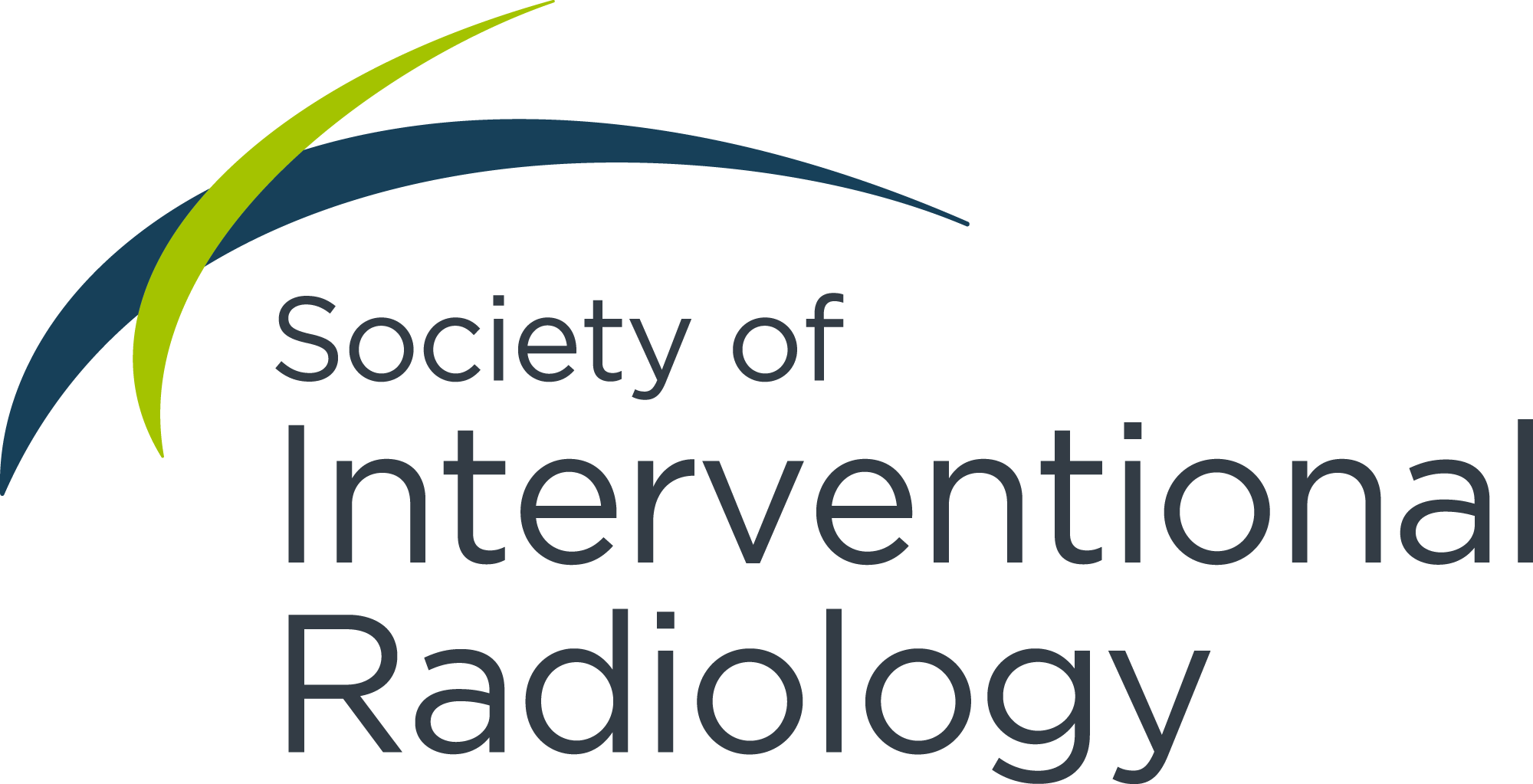In the spring of 2024, the Association of Chiefs of Interventional Radiology (ACIR) surveyed its membership regarding various issues associated with IR call, including frequency, workload and compensation mechanisms. This article will provide a brief overview of the survey results and will hopefully generate some interest among its readers to participate in a similar survey of the general SIR membership that we plan to carry out later this year.
Of 181 individuals who received and opened the survey invitation, 69 individuals responded and 66 of those completed all survey questions. Of those who responded, 41 (59%) were from traditional academic practices, 12 (17%) were from traditional private practices, 5 (7%) were in private groups staffing academic facilities, and 4 (6%) were in private multidisciplinary groups or were hospital employees.
66% of respondents in private practice models reported on-call frequencies of 1 in 5 days, or more often, while 50% of respondents in academic practices reported being on call 1 in 7 days, or less frequently. The number of facilities being covered on call ranged from 1 to 8, with means of 3.5 for private practices and 2.4 for academics. The average number of inpatient beds being covered on call was roughly 700 for private practice and roughly 1,000 for academics. Academic IRs were three times as likely as private practitioners (80% versus 25%) to have a level 1 trauma center included in their call coverage. While on IR call, 42% of private practice IRs were also required to do diagnostic imaging, while none of the academic IRs reported such a requirement.
Regarding call compensation, 41% of respondents reported having none, 33% received some form of financial compensation, 13% were compensated by time off, and 13% reported some combination of financial dispensation and time off as compensation. These responses varied markedly by practice type, with 92% of private practitioners receiving some sort of compensation for calls and 46% of academic practitioners receiving none.

The specific details of financial compensation models were reported by only a small percentage of respondents who had such compensation. In some cases, this reflected models that were unclear to the respondents, and in others, there was a contractual prohibition from discussing the dollar amounts. Among those who reported call payments through a fixed annual bonus (n=6), that payment ranged from $12,000– $50,000. Among those being paid on a per-shift basis (n=13), that number ranged from $200–$1000 per weeknight and $500–$3700 per weekend day. Seven respondents reported being paid on a per-case, per-callback or per-hour basis. The per-case rate (n=3) ranged from $500–$700, the per-callback rate (n=2) ranged from $250–$1000 per event, and the per-hour rate (n=2) was either $200 or $375.
It is clear from our initial investigation that there is a wide variation across practices regarding the on-call experience of, and compensation for, IRs—some of which appear to be linked to their practice environments. However, the relatively small sample size makes it difficult to draw definite conclusions or, perhaps more importantly, to establish a framework for conversations that one may have with those in a position to address the inequities that seem to exist across the specialty. With that in mind, we would strongly encourage all of our members to be on the lookout for the upcoming survey and to respond with as much detail as they can.




